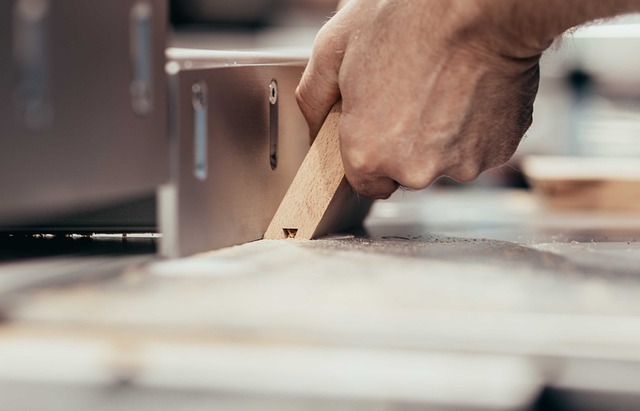Handcrafting to Enhance Wood in its Finest Essence
For those who appreciate handmade craftsmanship and wish to celebrate the true essence of wood at its best, artisanal woodworking is undoubtedly the best choice. A final product that not only showcases the intrinsic beauty of the material used but also the care and expertise that only a craftsman can provide.
Artisanal woodworking is the ultimate solution to preserve all the splendor of this precious material, both for its versatility and its unique character.
The most exquisite wood essences are the finest to select, as they bestow an unparalleled touch of elegance and sophistication to the finished product.
Furthermore, thanks to the artisan's creative skills, all elements can be handcrafted with unique and original details that make each piece distinct from the others.
This traditional technique also offers practical advantages: artisanal work is crafted in a way that ensures the durability of the final piece over time.

Woodworking Techniques
There are various techniques and types of woodworking, which can be classified based on different criteria:
- Manual Techniques
- Mechanical Techniques
- Traditional Methods
- Modern Methods

Manual Woodworking Techniques
Manual techniques include:
- Hand shaping, which is performed using tools such as saws, files, hammers, chisels, and other hand tools.
- Hand carving, used for creating sculptures and ornamental elements.
- Manual painting.
- Hand finishing.
Mechanical Techniques
Mechanical techniques are often faster and, in some aspects, more precise than manual techniques.
One example is milling, which uses a rotating tool to cut wood precisely.
Other mechanical techniques include drilling, cross-cutting (used to create boards of various shapes), and sanding, which gives wood a smooth appearance.

Traditional vs. Modern Woodworking: Pros and Cons
Modern woodworking methods utilize specialized machines such as circular saws, angle grinders, and CNC routers. These machines enable greater precision in producing the final product.
Furthermore, they also offer more versatility compared to manual or traditional techniques, as they can produce pieces with constantly changing shapes.
On the other hand, traditional woodworking techniques are traditionally used to create unique and elegant furniture that stands the test of time due to the quality of hand craftsmanship. Even though there are many new technologies for woodworking, traditional methods remain highly regarded due to the quality of materials and the uniqueness of finishes.
Each of these woodworking techniques has its advantages and disadvantages, but all require specific skills and a good knowledge of the materials being worked with.

